- About AVPN
-
-
-
About AVPN
Who We Are
We are a leading ecosystem builder that is increasing the flow of financial, human, and intellectual capital from Asia and around the world into the social sector in Asia. We provide a network of peers, rigorous learning programmes, and innovative capital mobilization opportunities that make sure resources are more effectively deployed.
-
-
-
- Members
-
-
-
Membership Benefits
Unrestricted access to AVPN research reports and case studies
Access market-specific snapshots and opportunities
Increased visibility for events, programs and insights via AVPN website, blog, newsletters and social media channels
Leverage the AVPN platform to bring under-represented social issues top of mind for more than 600 social investors
-
-
-
- Resources
-
-
-
Resources
Highlights of the week
Trust-Based Philanthropy
In the face of increasingly complex and, sometimes rapidly, changing needs on the ground, it is crucial to take a step back and reconsider the status quo.
APAC Sustainability Seed Fund 2.0
By leveraging the success of the first round of the APAC Sustainability Seed Fund, AVPN continues to mobilise continuum of capital into supporting climate solutions in the region.
Faith and Giving
Faith, and the values, belief systems, moral codes, and religious doctrines, that underlie it, shape much of philanthropy across the world. From addressing needs in underserved communities to investing in sustainable energy solutions, faith-aligned givers are demonstrating that compassion can be a catalyst for a more just and equitable world. However, the fundamental drivers of faith-aligned giving often remain unexamined.
-
-
-
- Markets
-
-
-
Markets
We are a leading ecosystem builder that is increasing the flow of financial, human, and intellectual capital from Asia and around the world into the social sector in Asia. We provide a network of peers, rigorous learning programmes, and innovative capital mobilization opportunities that make sure resources are more effectively deployed.
Explore Markets
-
-
-
- Impact Communities
-
-
-
Impact Communities
-
-
-
- Capital Mobilisation
-
-
-
Capital Mobilisation
Featured Deals
Socio-Economic Empowerment of Women
Climate Action and Environment, Education, Financial Inclusion, Gender, Livelihood and Poverty Alleviation
Solve Education: Education through Innovative Learning Platform
Education, Employability, Livelihood and Poverty Alleviation
Lotus Petal Sr. Sec School, Gurugram
Education, Employability, Health
IT Training Against Poverty in Cebu
Education, Employability, Livelihood and Poverty Alleviation
IT Vocational Training Against Poverty
Education, Employability, Livelihood and Poverty Alleviation
Gigatonne: Addressing Problems within the Carbon Credits Market
Climate Action and Environment, Financial Inclusion, Gender, Livelihood and Poverty Alleviation
-
-
-
- Events
-
-
-
Events
Upcoming Signature EventsAVPN Global Conference 2024
23 April 2024
-
25 April 2024
Signature Event
Upcoming Events
Restoring Equilibrium: SVCA 2024 Annual Conference – Seeking Balance in A Turbulent World
16 May 2024
-
-
-
Sustainable Energy Future for Asia
This project will assess, in collaboration with power companies, investors and governments around Asia, the feasibility of coupling floating solar with existing hydropower to meet development goals in a climate-safe way.
By

Natural Heritage Institute
Click here to learn more about the Impact Organisation
This is member exclusive
content. Click here to unlock
Social causes
Beneficiaries
SDGs covered
Endorsed by
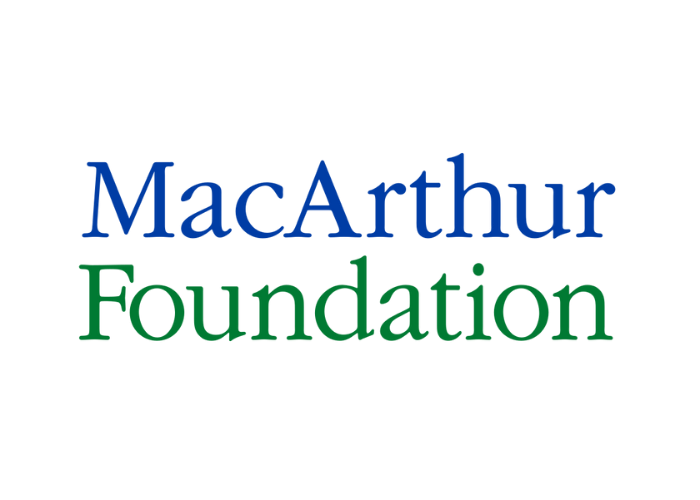
MacArthur Foundation
MacArthur Foundation supports creative people, effective institutions, and influential networks building a more just, verdant, and peaceful world.
Market of Implementation
- Laos ,
- Vietnam
Problem
Throughout Southeast Asia, coal is still a dominant source of power due to its affordability and availability. Hydropower is a clean and reliable alternative, but in sensitive locations such as the Mekong Basin, intense hydropower development on has come under fire for threatening the rich biological productivity of the Mekong river and displacing thousands of people. A promising, climate-safe option is retrofitting existing hydropower reservoirs with floating, utility scale solar PV arrays. This technique is already being applied in a few places in the world, such as India, China and Portugal, but at a scale that is modest compared to the economically-feasible potential. The Natural Heritage Institute (NHI) has recently shown the Governments of Cambodia and Lao PDR how they can utilize this technology to meet their energy needs instead of building new dams, and thereby preserve the Mekong River fishery. NHI’s goal now is to catalyze and accelerate the adoption of floatovoltaics by conducting a screening analysis to identify the reservoirs and power systems throughout Asia (and hopefully around the world) that are the best prospects and therefore warrant an in-depth feasibility study. The potential to increase renewable, climate-smart power with no further environmental and social impacts is huge. Solution
NHI proposes to accelerate the adoption of floatovoltaics by building and implementing a rapid assessment tool to screen candidate reservoirs for feasibility and compare them to new coal powered and hydropower facilities. The World Bank reports that the installed capacity of floatovoltaics has already reached 1.1 GW (2018), up from 10 MW at the end of 2014, and interest in this technology is growing quickly. Not only is solarizing existing hydro becoming cost-competitive with new hydro (present costs of $1,000/kW for floating systems are likely to reduce to $900/kW over the next decade), it also reduces GHG emissions – as much as 357,000 tons per year (for a 280 MW facility, according to solarmang.com) and outperforms other energy options in terms of reliability, rapidity of deployment, and avoidance of financial risks, factors that are of prime importance to developers and grid operators. Furthermore, utilizing floating solar instead of building more dams will keep sediment flows “flowing” that are essential for maintaining the integrity of rivers and deltas that are already threatened by subsidence and sea level rise.
Type of Carbon Reduced/Sequestered
CO2 (Carbon Dioxide)
Amount of Carbon Dioxide Equivalent Avoided/Sequestered
357,000 tons/year
Means of Measurement
Estimated GHG emissions reduced is as much as 357,000 tons/year (for a 280 MW facility, is according to solarmango.com) Assumes that reduction of CO2 emission per 1 kWh of solar power = 1 kg of CO2.
*Note that the above calculation considers only the reduction in CO2 emissions for the electricity generated from a solar power plant vs. a coal plant and does not take into account CO2 from other parts of the value chain.
Project’s Environment & Climate Capability
Climate Risk Reduction, Policy and Administrative Management for Climate Change




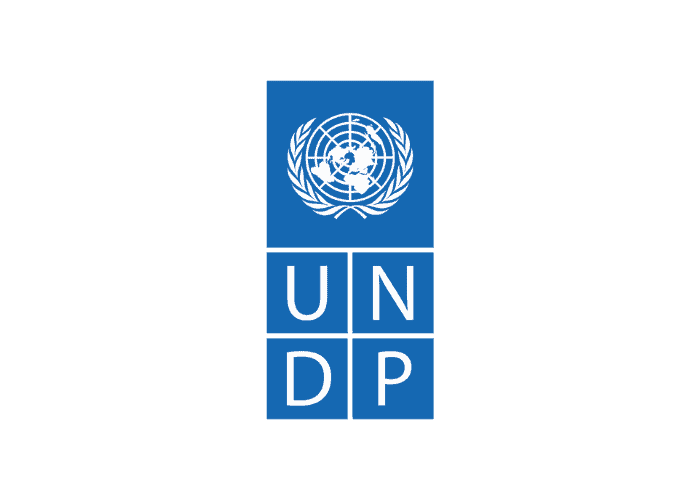
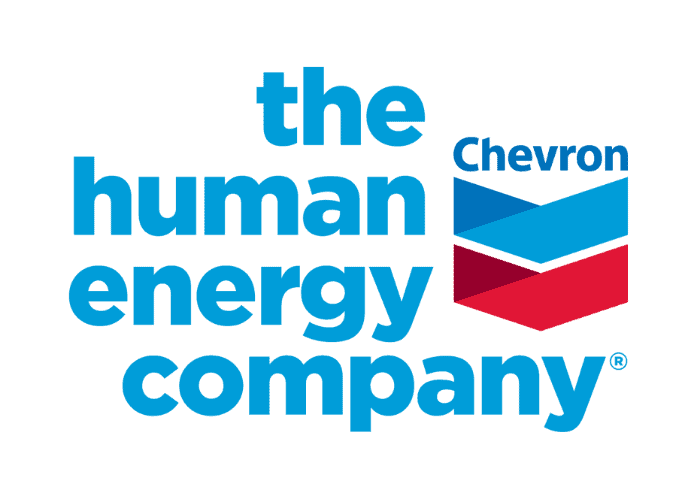
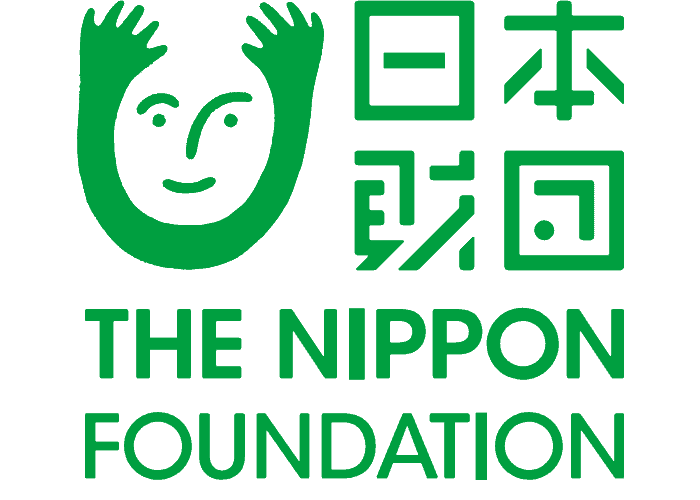
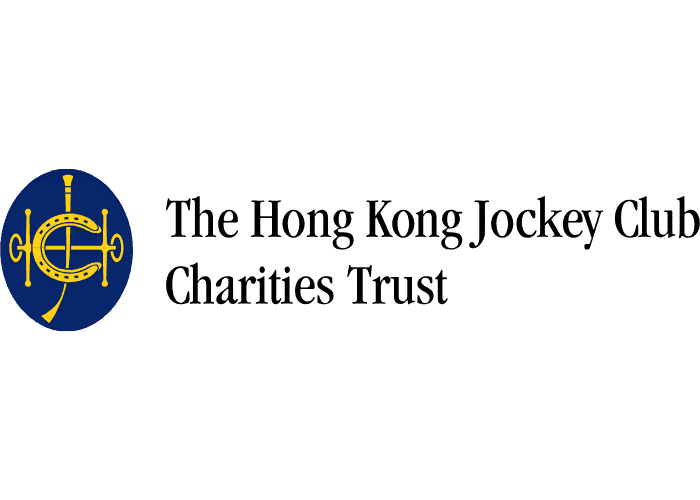
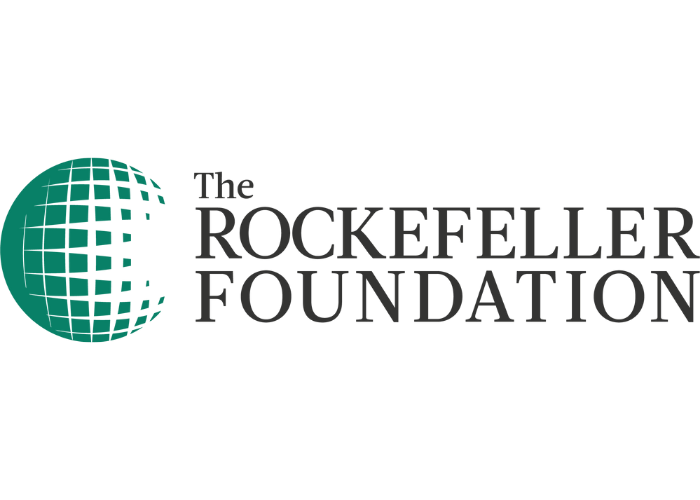




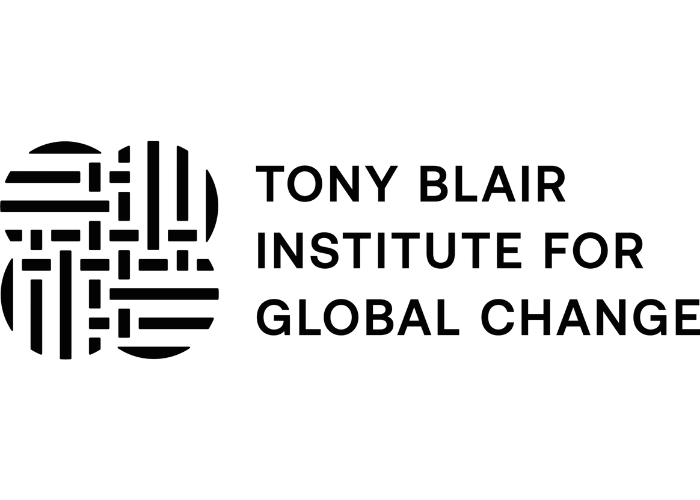

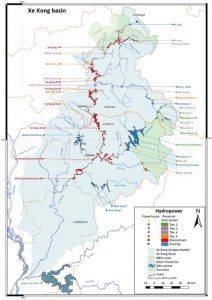 NHI proposes to accelerate the adoption of floatovoltaics by building and implementing a rapid assessment tool to screen candidate reservoirs for feasibility and compare them to new coal powered and hydropower facilities. The World Bank reports that the installed capacity of floatovoltaics has already reached 1.1 GW (2018), up from 10 MW at the end of 2014, and interest in this technology is growing quickly. Not only is solarizing existing hydro becoming cost-competitive with new hydro (present costs of $1,000/kW for floating systems are likely to reduce to $900/kW over the next decade), it also reduces GHG emissions – as much as 357,000 tons per year (for a 280 MW facility, according to solarmang.com) and outperforms other energy options in terms of reliability, rapidity of deployment, and avoidance of financial risks, factors that are of prime importance to developers and grid operators. Furthermore, utilizing floating solar instead of building more dams will keep sediment flows “flowing” that are essential for maintaining the integrity of rivers and deltas that are already threatened by subsidence and sea level rise.
NHI proposes to accelerate the adoption of floatovoltaics by building and implementing a rapid assessment tool to screen candidate reservoirs for feasibility and compare them to new coal powered and hydropower facilities. The World Bank reports that the installed capacity of floatovoltaics has already reached 1.1 GW (2018), up from 10 MW at the end of 2014, and interest in this technology is growing quickly. Not only is solarizing existing hydro becoming cost-competitive with new hydro (present costs of $1,000/kW for floating systems are likely to reduce to $900/kW over the next decade), it also reduces GHG emissions – as much as 357,000 tons per year (for a 280 MW facility, according to solarmang.com) and outperforms other energy options in terms of reliability, rapidity of deployment, and avoidance of financial risks, factors that are of prime importance to developers and grid operators. Furthermore, utilizing floating solar instead of building more dams will keep sediment flows “flowing” that are essential for maintaining the integrity of rivers and deltas that are already threatened by subsidence and sea level rise.